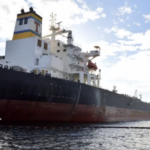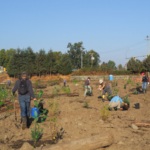If you’ve ever passed through the Jordan River area, about 70 kilometres west of Victoria on Vancouver Island, you might have noticed abandoned buildings along the shore. Perhaps you were there to surf or camp and found yourself wondering if you stumbled into a ghost town.
This is the story behind the abandoned town of Jordan River and the thriving ecosystem that used to be there before industrial development killed off the last of the salmon.
Earthquake Hotspot
Jordan River sits on the traditional territory of the Pacheedaht First Nation. In 1911, a hydroelectric dam was built to generate power for Victoria, one of the biggest generators in Canada at the time. The Jordan River system includes Bear Creek, Elliott, and Jordan River Diversion and composes one-third of BC Hydro’s generating capacity on Vancouver Island.
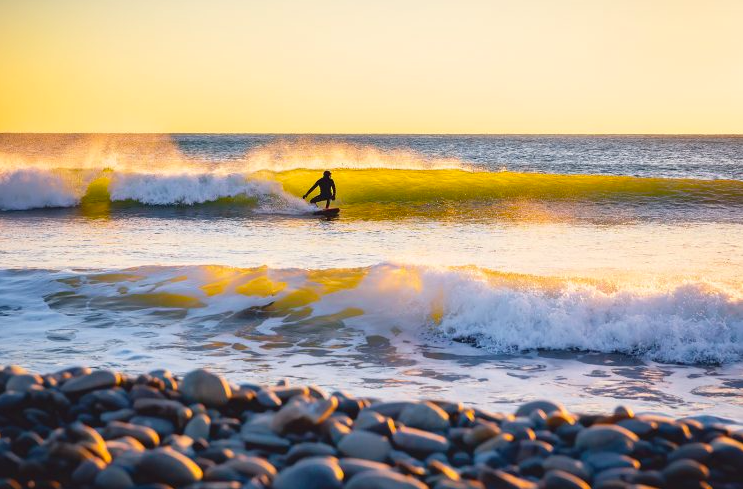
However, the Jordan River Dam is an earthquake hotspot. In fact, it has the “highest seismic hazard in BC Hydro’s system,” according to a 2014 report. In an extreme earthquake event of 8 to 9 magnitude, the hazard risk for the dam’s collapse is very high due to its proximity to the Cascadia subduction zone.
Following that report, BC Hydro offered to purchase several homes on Jordan River, and most residents abandoned their waterfront properties. Now, the homes and the old power plant sit abandoned, though the latter remains a popular site for graffiti artists and abandoned building explorers.
Yet, Jordan River Dam is just one of the province’s dams that could potentially be putting people and the environment at risk. In 2021, BC’s auditor general released a report that said 87 high-risk dams had “significant deficiencies” and that provincial officials were not doing enough to ensure dams were safe. Despite being potentially dangerous to lives and property, the locations of other high-risk dams are unknown.
Long Lost Salmon
Long before it was deserted by humans, Jordan River was a thriving spawning ground for salmon. First Nations elders say that at one point, there were 10,000 salmon spawning in its waters. As late as the 1950s, salmon counts were as high as 1,500 for chum and 3,000 for pink salmon. Yet, a decade later, coho and chum would be completely wiped out from the Jordan River.
“Mining can be the environmental disaster gift that just keeps on giving.”
Calvin Sandborn, legal director of UVic’s Environmental Law Centre
Many point to the opening of the Sunro Copper Mine and its leaking of copper into the water system as the culprit. “The only logical explanation is that’s when the copper toxicity started,” said Fisheries biologist Dave Burt, who was contracted to study the river. “And it basically just wiped them out.”
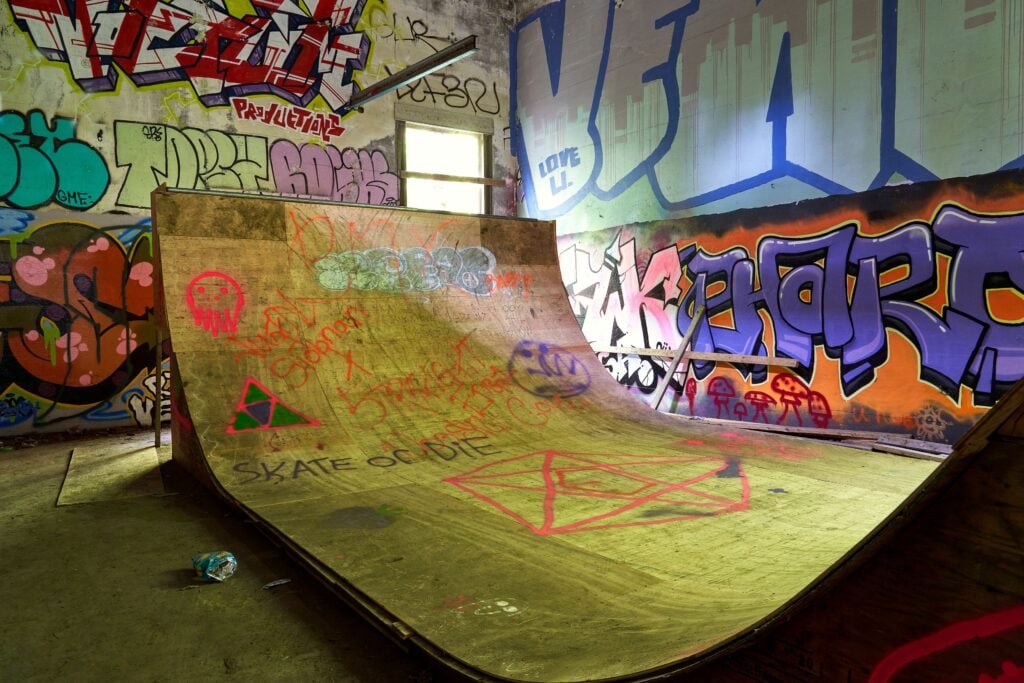
The mine closed in 1977, but the environmental impacts have been irreversible. The remnants of the site are still there today, and the toxic chemicals have yet to be cleaned up, continuing to flow into Jordan River. BC Hydro conducted water sampling in the region from 2005-2010 and found that contaminants were twenty times higher than acceptable levels.
“Mining can be the environmental disaster gift that just keeps on giving,” Calvin Sandborn, legal director of UVic’s Environmental Law Centre, said to the Capital Daily.
Jordan River Today
“I think if we start getting more fish back in the river, then there’s going to be greater pressure for the different players to come to the table and start helping.”
Dave Burt, fisheries biologist
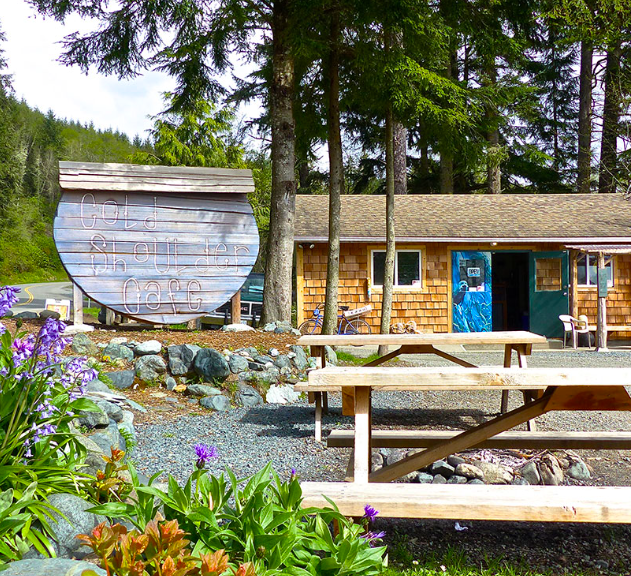
Photo and Caption Credit: Handsome Dan’s Port Renfrew.
Jordan River is still open to the public for surfing and camping, with many tourists passing through each year. Some businesses are still open, for example, the beloved family-run Cold Shoulder Cafe is open year-round for drinks and light fare.
There is even a resident who held out after BC Hydro bought the remaining homes for demolition. Hugh Pite purchased a cabin in Jordan River in the 1980s and refused to sell back in 2014. “I’m right across the road from the water, and I go out there, and I go surfing,” said Pite to the CBC back in 2017. He kept his cabin, though admitted, “It’s going to be a bit lonely.”
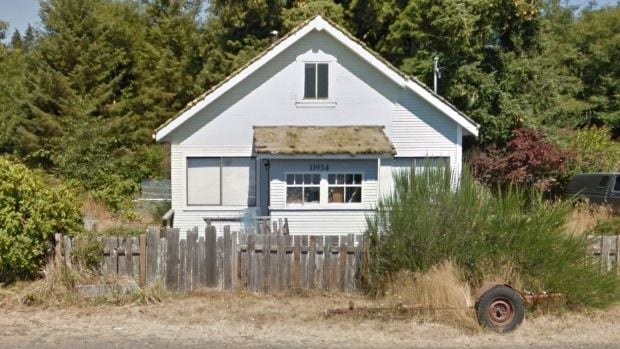
Meanwhile, Dave Burt, the fisheries biologist, is hopeful for restoration efforts. In 2015, he created a restoration plan for fish habitats, which includes digging out side channels for salmon to safely spawn. “I think if we start getting more fish back in the river, then there’s going to be greater pressure for the different players to come to the table and start helping,” Burt told the Capital Daily.





